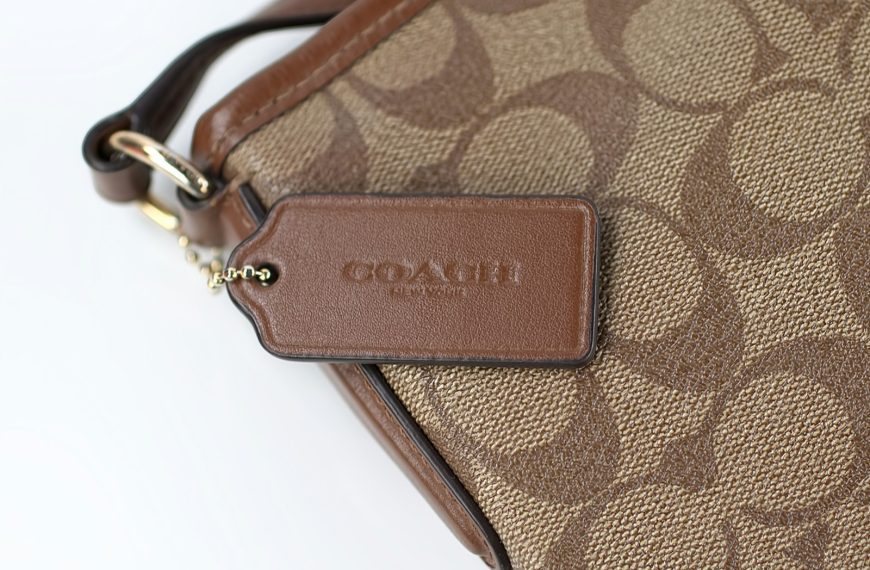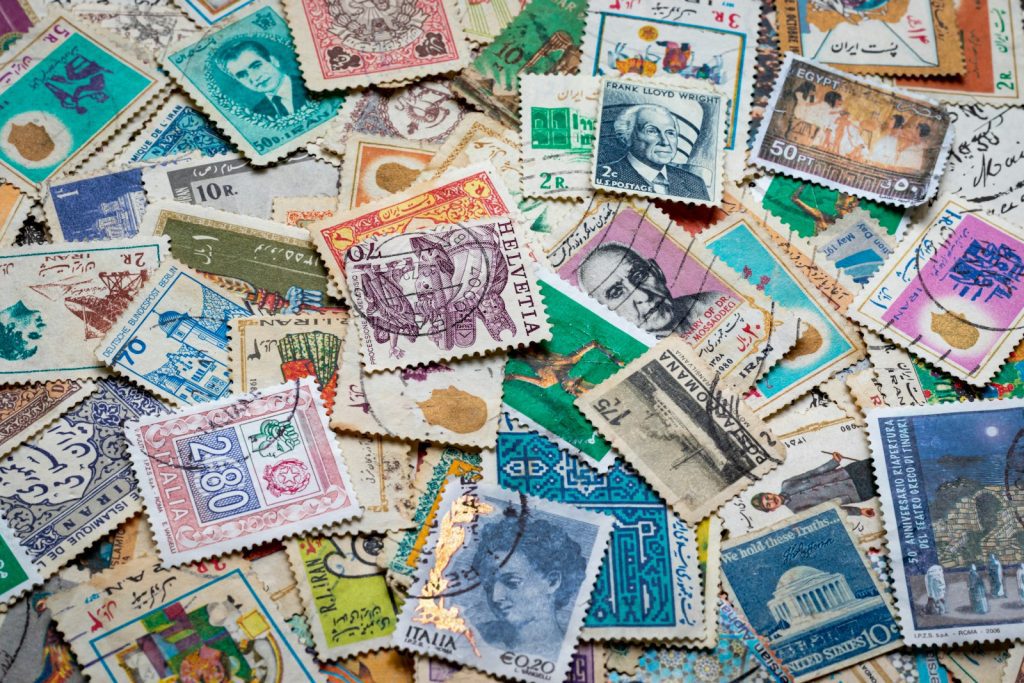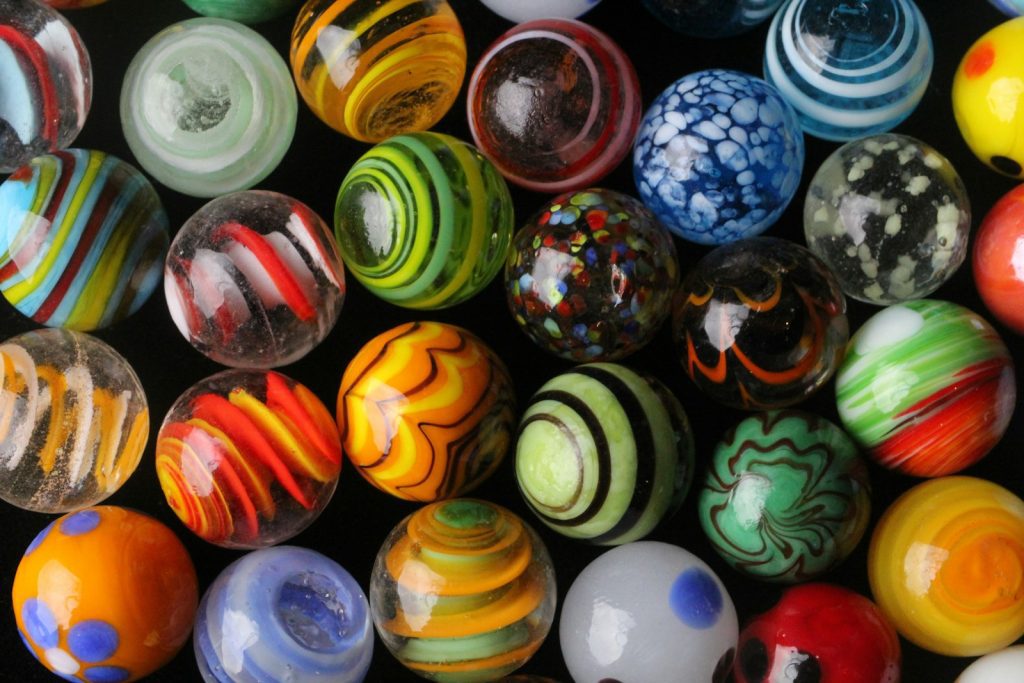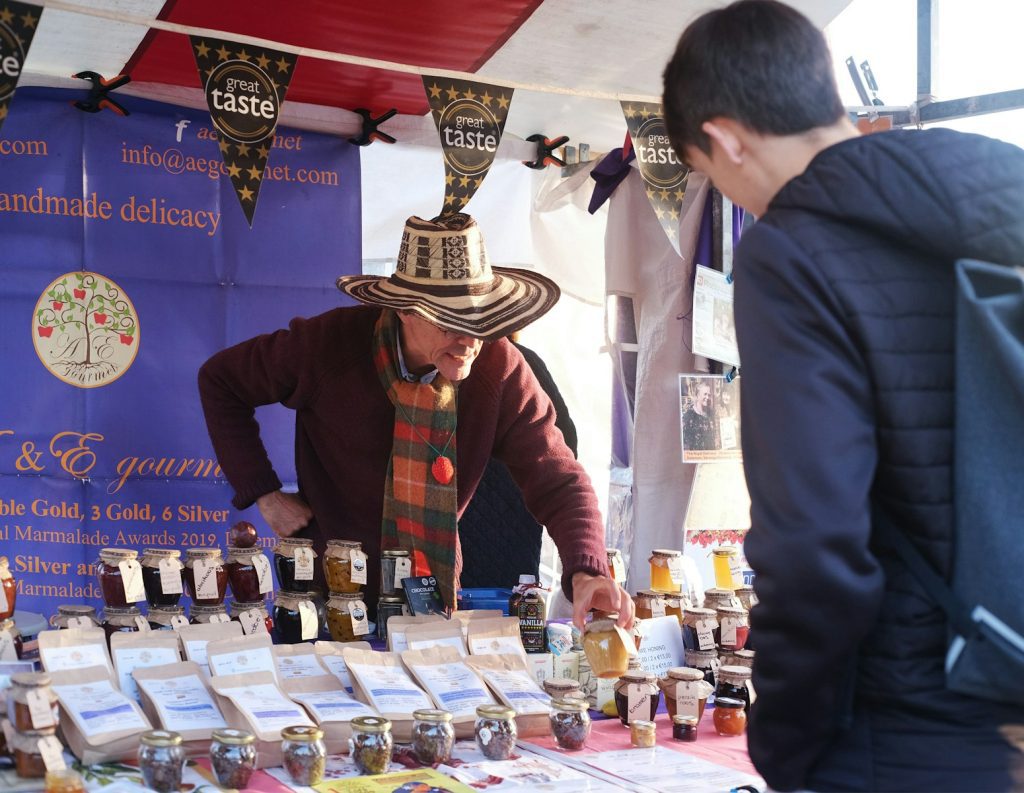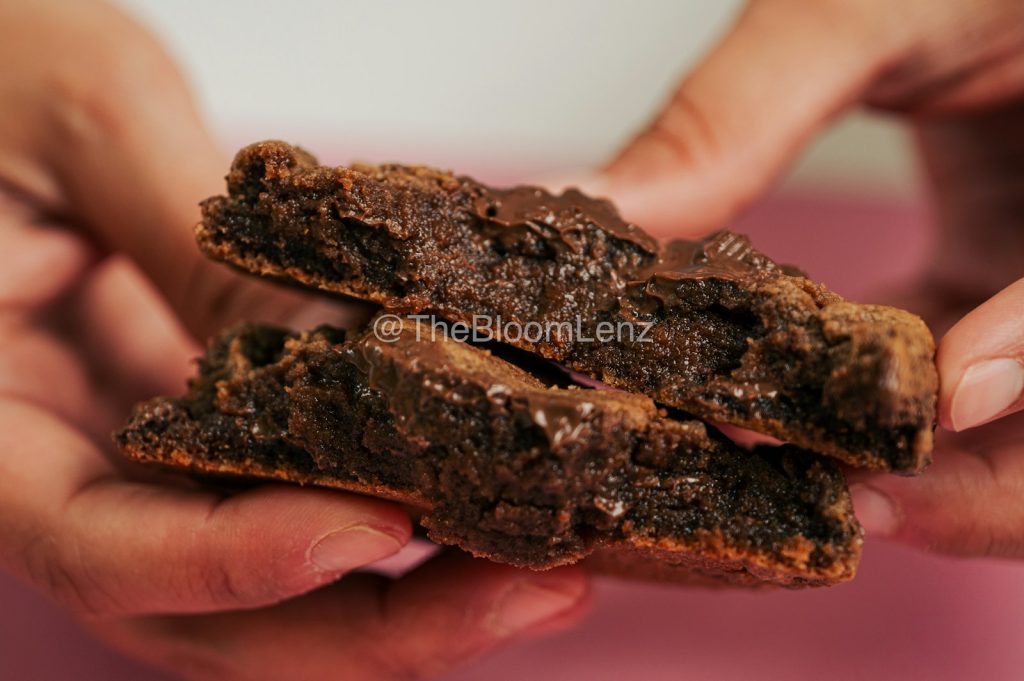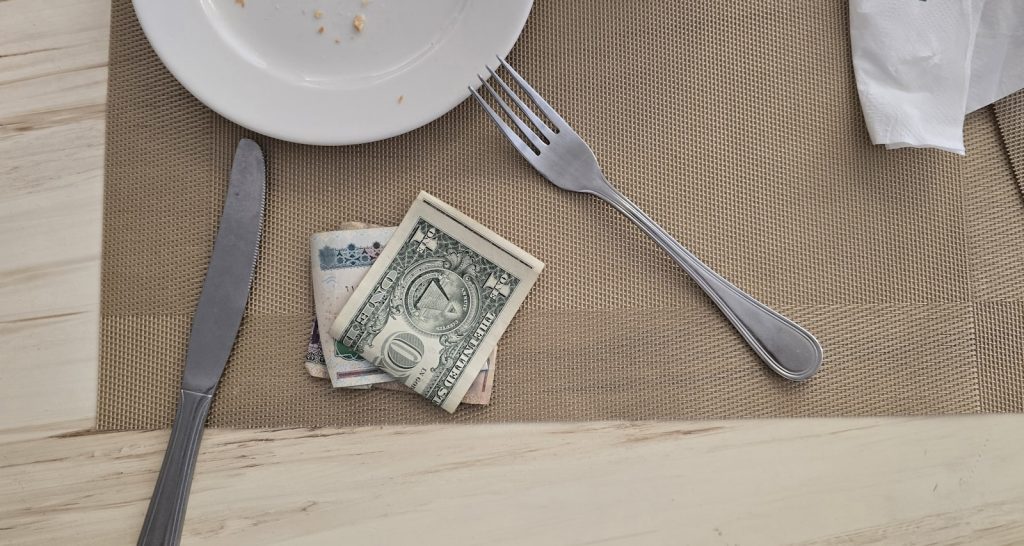If you’ve ever come across an old postcard tucked away in a drawer or attic, you might be sitting on a surprising treasure. Not all vintage postcards look valuable at first glance, but some hidden gems can be worth hundreds or even thousands of dollars. It’s fascinating how something that once carried simple messages can now fetch a high price among collectors. I’ve dug into the world of vintage postcards and found five specific types that quietly carry big value. These postcards often feature rare artwork, historical significance, or unique stories that make them highly sought after. Whether you’re a collector or just curious, these postcards might change how you look at those old pieces of paper.
Curious which postcards made the list? Stick around—I’ll share the details that could help you spot a valuable vintage postcard the next time you dig through your family keepsakes.

The 5 Vintage Postcards That Can Earn You a Fortune
Some vintage postcards hold a surprising amount of value because of their rarity, unique artwork, or historical significance. These cards often attract collectors who pay well for authentic and well-preserved examples. Knowing what to look for can help you spot these gems in any collection.
Rare Halloween Postcards Featuring Witches and Black Cats
Halloween postcards with witches, black cats, and spooky themes are highly collectible today. Many were produced in the early 1900s when Halloween imagery started gaining popularity in postcard art. Their charm comes from detailed illustrations combined with holiday nostalgia.
These postcards often feature vibrant hand-tinted colors and playful or eerie designs, which make them stand out. Because Halloween postcards were seasonal, fewer survived in mint condition, increasing their rarity. If you find an early 20th-century halloween postcard with unusual artwork or a holiday greeting still intact, it might be worth more than you think.
Artist-Signed Cards by Ellen Clapsaddle and Contemporaries
If you own a postcard signed by Ellen Clapsaddle, consider yourself lucky. Ellen’s postcards, especially her holiday and children-themed designs from the early 1900s, are some of the most valuable vintage postcards around. Her signature adds credibility and a premium price.
Clapsaddle’s work is known for its vibrant colors and detailed scenes, often depicting children, Christmas, and seasonal themes. Collectors pay high prices for cards that are signed or clearly attributed to her. Other contemporaries who created sought-after postcards include artists who worked in the same era with similar styles.
Real Photo Postcards (RPPCs) With Unique Historical Scenes
Real photo postcards, or RPPCs, were printed using photographic processes and often show unique or one-of-a-kind images. Postcards of buildings, events, or people from the early 20th century that clearly document moments in history can be very valuable.
These postcards tend to be black-and-white or sepia-toned and often show scenes you won’t find elsewhere. The value increases if the photo displays rare or locally significant subjects, such as old towns, wartime events, or notable persons. Condition plays an important role here, as RPPCs tend to degrade more easily over time.
Antique U.S. Postcards With Early City or Travel Landmarks
Postcards showing early American cities or famous travel landmarks attract collectors eager to own a piece of U.S. history. Cards from the late 19th or early 20th century featuring landmarks like Harvard University, Grand Rapids, or old train depots often sell for a premium.
The subject matter’s historical importance and postcard rarity have a direct impact on value. Look for postcards with clear, detailed images and readable postmarks, which add to the story. Many antique U.S. postcards have artistic or linen finishes that preserve color much longer, enhancing their appeal.
Baseball Stadium and Titanic Memorial Postcards
Sports and Titanic-related postcards are among the most sought-after collectible vintage postcards. Postcards featuring baseball teams like the Cleveland Indians or legends such as Babe Ruth attract fans and collectors alike, with prices reflecting that passion.
Titanic launch or memorial postcards also hold strong historical and emotional appeal. Cards depicting the ship, its launch in 1911, or commemorations of its sinking are rare and valuable. Authenticity and condition are key factors in estimating their value, and they often command thousands in auctions or private sales.
Why These Vintage Postcards Are So Valuable
The value of vintage postcards depends on several key factors, including their scarcity, condition, and appeal to collectors. Some postcards stand out because of their unique stories or artistic details, which make them sought-after treasures. Understanding these elements helps explain why certain postcards fetch high prices.
Rarity and Historical Importance
A postcard’s rarity is often tied to how many were made and how many have survived in good condition. For example, real photo postcards produced by local photographers in the early 1900s can be extremely rare, especially if they capture scenes that no longer exist.
Historical importance adds another layer. Cards that document significant events, places, or eras—like early Halloween cards illustrated by Ellen Clapsaddle or postcards showing vanished towns—pull strong interest from collectors. Some mechanical or “hold-to-light” postcards are scarce due to their delicate design, making them even more valuable.
Condition and Artist Signatures
Condition plays a huge role in a postcard’s worth. Mint or “like mint” condition cards, which show little to no wear, crisply preserved color, and sharp corners, are much more valuable than those with tears or stains.
Artist signatures or publisher marks add provenance and desirability. A postcard signed by artists like Ellen Clapsaddle or produced by famous companies such as Curt Teich & Co. can command premium prices. These marks assure collectors of authenticity and quality, boosting the postcard’s appeal beyond just its image.
Specific Collector Demand
Certain themes or subjects are always in high demand. For instance, Halloween postcards, especially embossed ones or those with unique elements like felt cats from Alfred Stiebel, often top the lists of most valuable postcards.
Collectors also chase postcards showing scarce town views, early transportation, or famous advertising like Coca-Cola. Limited editions, error cards, or those with historically significant postmarks can trigger competitive bidding. This focused interest shapes value more than age alone, explaining why some antique postcards sell for thousands while others remain modest.
Learn more about valuable vintage postcards
Identifying and Evaluating Your Vintage Postcards
When examining vintage postcards, it’s important to look closely at the printing style, age indicators, and unique features that set valuable cards apart. Knowing how to spot real photo postcards, date antique or holiday cards, and recognize key signs of value will help you assess your collection accurately.
Spotting Real Photo Postcards (RPPCs)
Real Photo Postcards, or RPPCs, are actual photographs printed directly onto postcard paper. Unlike printed images made of dots, these photos are smooth and continuous when viewed with a magnifying glass. They often have a glossy or matte finish, with genuine photo quality that stands out from lithographs or offset prints.
RPPCs were mainly produced between 1902 and 1918 and are often black and white but can be hand-tinted for color. They tend to be rarer and more valuable than mass-produced printed postcards. Look for a lack of halftone dots and consider whether the card shows subtle aging signs like yellowing or foxing, which confirm authenticity.
Dating and Authenticating Antique and Holiday Cards
Dating vintage postcards relies heavily on the design of the back and postage details. For example:
| Card Type | Approximate Dates | Key Feature |
|---|---|---|
| Pioneer Era | 1870–1898 | No divided back |
| Private Mailing Cards | 1898–1901 | Undivided back, 1-cent stamp |
| Divided Back Cards | 1907–1915 | Back split for message/address |
| Linen Cards | 1930–1945 | Textured finish, vivid colors |
| Photochrome/Chrome Cards | 1939–Present | Glossy, color photos |
Postmarks and postage rates help too. U.S. postcard rates remained 1 cent for decades, so any printed 1-cent stamps likely signal cards from before 1951. Holiday cards, especially Halloween postcards, are often embossed or feature unique 3D details like felt cats. These details can authenticate the era and increase value.
Recognizing Signs of High Value
Condition is the first thing I check — pristine corners, no creases, and clear images greatly boost value. Next, look for subject matter that collectors prize, such as scarce town views, early holiday themes, or transportation images from the 1910s or earlier.
Unique features matter a lot too. Mechanical or hold-to-light postcards with moving parts or hidden images demand higher prices. Artist or publisher marks from names like Raphael Tuck & Sons or Curt Teich & Co. also add worth. Lastly, rarity ties it all together. A misspelled printing error or limited edition run can often push a postcard’s value into the hundreds or thousands.



